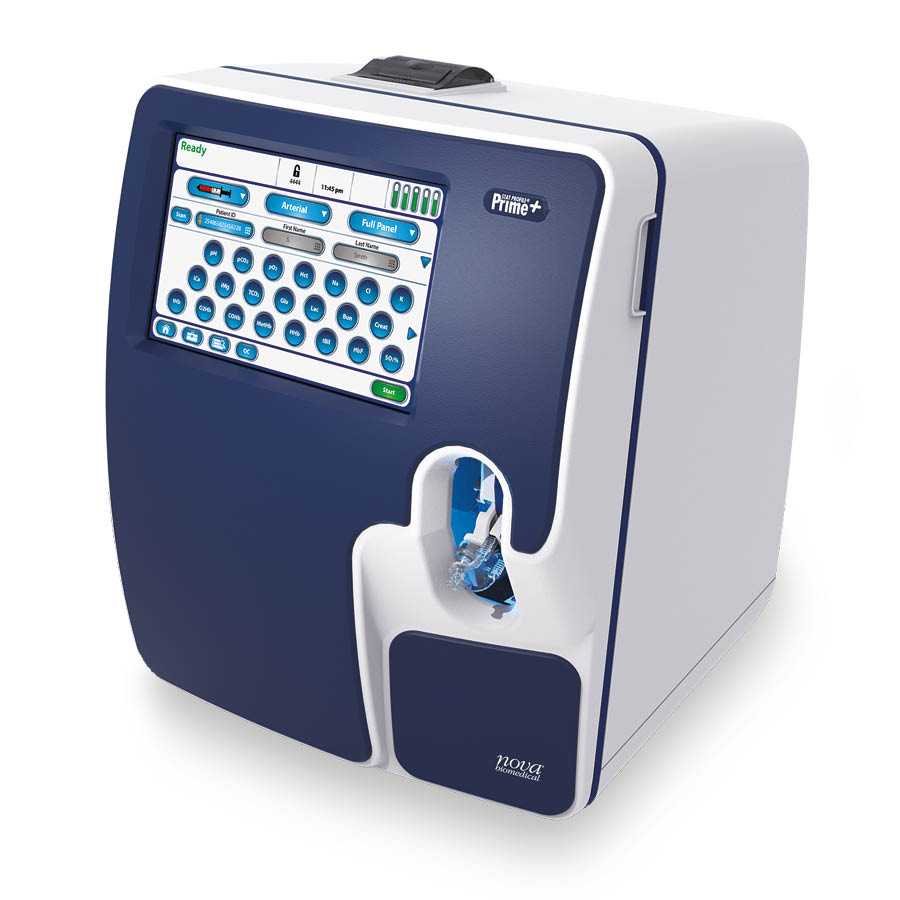Correct preanalytics
The most important measures to avoid preanalytical errors.
Generally, when measuring body fluids, the existing state of the fluid should be fed into the analytical process as unchanged as possible.
Up to 75% of all problems that lead to incorrect measurement results can be attributed to poor preanalytical technique. However, in practice, preanalytical errors are very often neglected. A pre-analytical error can cause an incorrect result for one parameter, while other parameters remain unaffected.
The most common pre-analytical errors in whole blood samples:
1) Patient misidentification
Samples are swapped more often than expected, or samples are incorrectly labeled with another patient’s label. To avoid this, it is best to affix the correct patient label to the collection container before or immediately after the collection. The use of multiple identification questions like name and birthdate is recommended to confirm the patient ID before drawing. If possible, enable the use of delta checks to look for sudden unexpected changes that could be the result of a mislabeled specimen.
2) Blood collection from indwelling catheters
Samples are commonly taken from existing indwelling catheters in order to save the patient from further injury and the associated pain. When drawing a sample from an indwelling catheter proper flushing of the catheter is critical.
If it is not possible to prick the patient again, two to three times the filling volume of the catheter should be discarded before the sample to be analyzed is removed.
3) Sample sedimentation – insufficient sample mixture or too much delay in testing
If a sample is left for a long time before analysis and not mixed properly before analyzing on the device, the blood will sediment. This leads to false low results from hemoglobin and hematocrit. Additionally, the metabolism in the sample also progresses, glucose is further consumed by the cells and lactate is produced. Air contamination can occur and O2 and CO2 values will not be consistent with the patients’ condition. It is therefore imperative to analyze the sample as quickly as possible and to mix it carefully again before analysis.
4) hemolysis
If the sample is mixed or shaken too strongly, the aspiration is too violent when the sample is taken, the vein is blocked too long or the skin is squeezed when the capillary is removed, all of this can lead to hemolysis.Possible consequences of this are:- Potassium results too high – Cell lysing- Hemoglobin results too low – interstitial fluid contamination on capillary samples- Calcium results too high
5) Air bubbles in the sample – remove them.
If air bubbles get into the sampling vessel, they must be removed immediately, otherwise pO2 can be increased and pCO2 will drop as the sample equilibrates with the air in the bubble. Especially with capillary samples, even the smallest air bubbles can lead to significant deviations due to the small sample volume.
6) Remove residues
If, for example, a fingerstick sample is to be taken for a blood sugar measurement, all residues must be thoroughly removed before the lancing and the first drop of blood discarded in order to avoid contamination of the sample.
7) When in doubt always retest with a fresh drawn blood sample.
Our blood gas analyzers and Point-of-Care systems:
- 22 measured parameters
- Including iMg, BUN and creatinine
- Reliable and precise results
- Extensive connectivity options
- Automated QC system
- 3 models available
- Up to 10 measured parameters
- Maintenance-free sensor card technology
- Extensive connection options
- Automated QC system
Networkable point-of-care test strip system for glucose and ketones testing.




